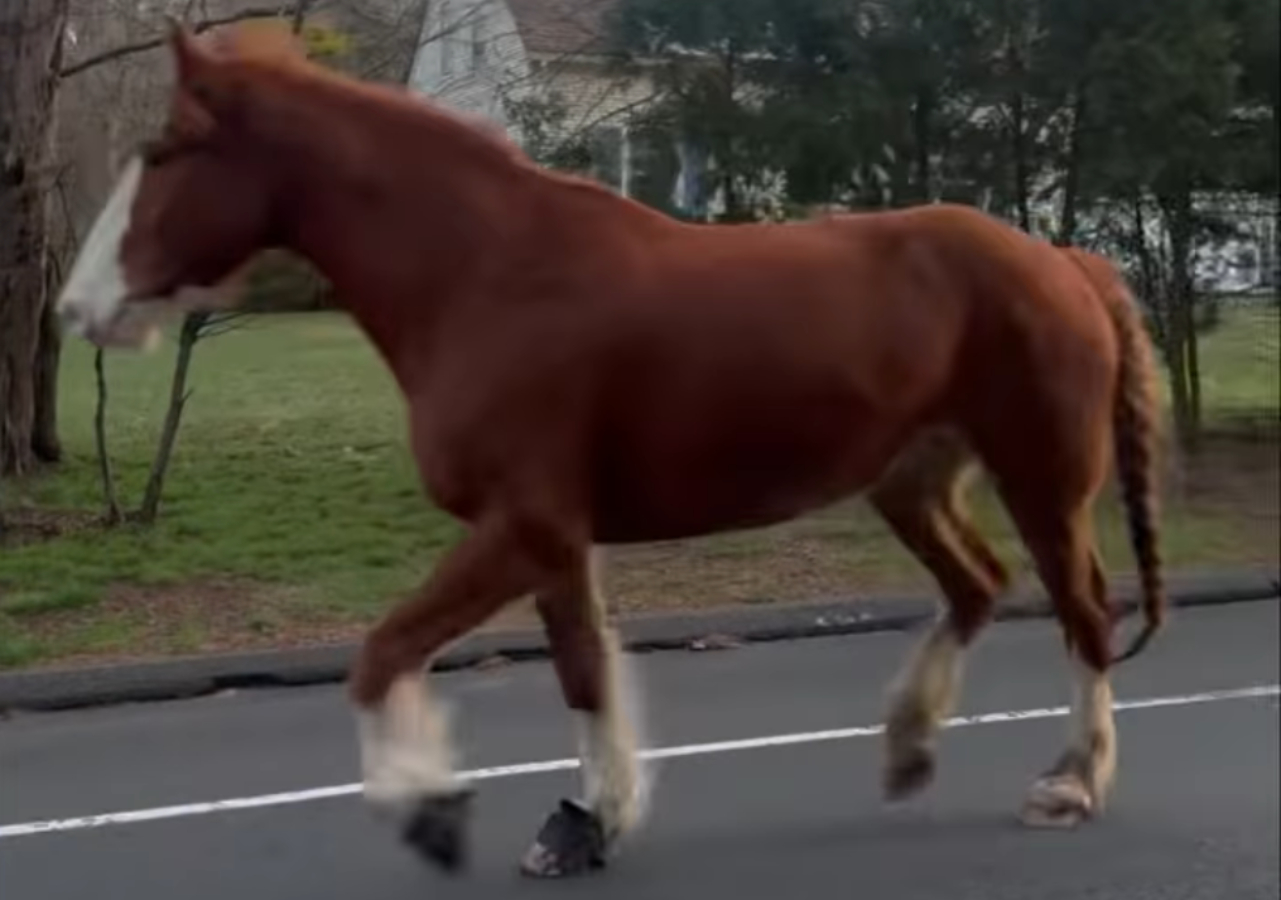Chances are you are being inundated with social media posts showcasing what you should wear, what to buy and where you should dine. Lifestyle and fashion bloggers have incredible sway over what people spend their money on, but many of the posts that are attracting your attention aren't what they appear to be, instead they can be advertisements in disguise.
The practice – known as native advertising – sees brands pay bloggers and other personalities to weave product placement seamlessly into blog entries, Facebook posts and Instagram images, attracting the attention of consumers who think it’s an endorsement. But the practice has drawn the attention of the Federal Trade Commission and others.
In one high-profile instance, department store Lord and Taylor paid 50 fashion bloggers between $1,000 and $4,000 each to wear and post a picture of a dress at the same time. The dress immediately became a topic of conversation among the bloggers’ followers.
“Is this a conspiracy,” one user commented on a blogger’s Instagram account. “I’m seeing this dress everywhere.”
Another pointed out that it was bloggers – who have tremendous sway over what people spend their money on – who were wearing the dresses.
“This dress is being worn by like every blogger!!” the user wrote.
The campaign seemed to work, too; the posts reached 11.4 million Instagram users in two days and the dress sold out. The FTC noticed and took action against Lord and Taylor.
Local
The company eventually settled with the federal regulatory body and said it “never sought to deceive in any way.”
But Lord and Taylor wasn’t ordered to pay a fine and was told not to misrepresent that an endorser is an “independent consumer” in the future. None of the bloggers faced action.
“Consumers need to understand when a message is a commercial message when its an advertisement," said Thomas Dahdouh , western regional director of the Federal Trade Commission. "
The FTC, which said they were pursuing similar actions but declined to mention specifics, said that influences should disclose if they’re being paid to endorse a product.
That’s one thing that Bryan Boy, a New York City-based blogger with 500,000 Instagram followers said he is conscientious about disclosing. At a recent MCM event in Hong Kong, for instance, Boy ended his post with a #AD, so his followers know this is paid post.
"It's important for me to disclose what I'm being paid for because I'm trying to be transparent. I will do my followers a disservice if I'm not truthful," he said. "And I don't want them to think that everything I post about is because I'm getting paid to do it. I"m trying to cultivate a brand and an image."
Still, attorney Julie Zerbo – who runs a blog dedicated to legal matters in fashion -- said more should be done.
“Brands and bloggers alike have really tried to find alternate ways to reach consumers and to keep their partnerships under wraps,” she said. “At the end of the day it tends to be cheaper than traditional advertising.”



